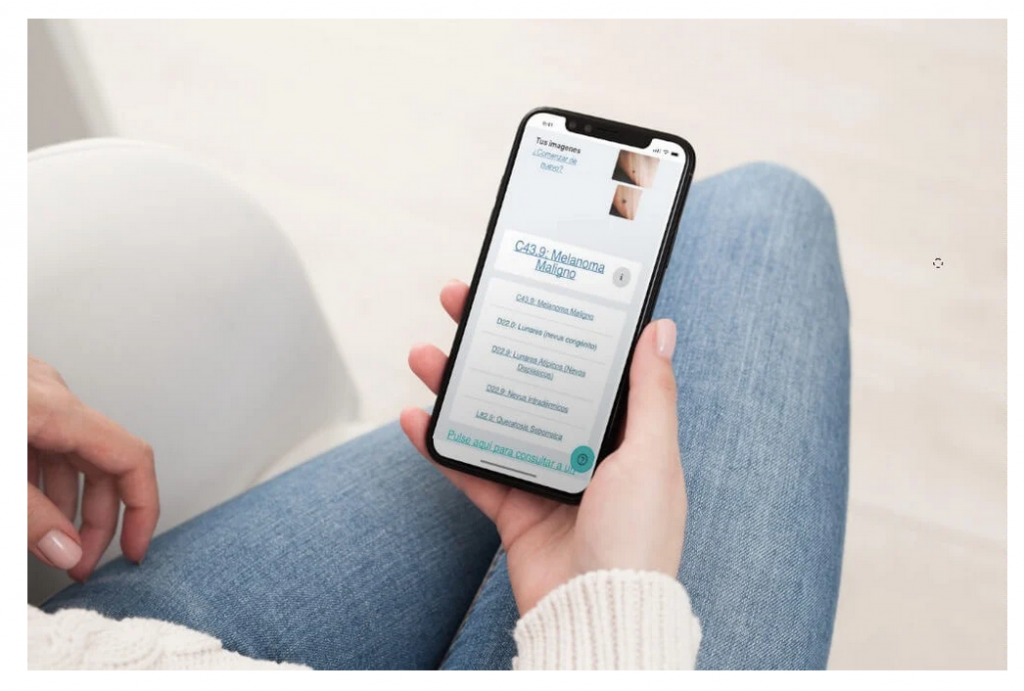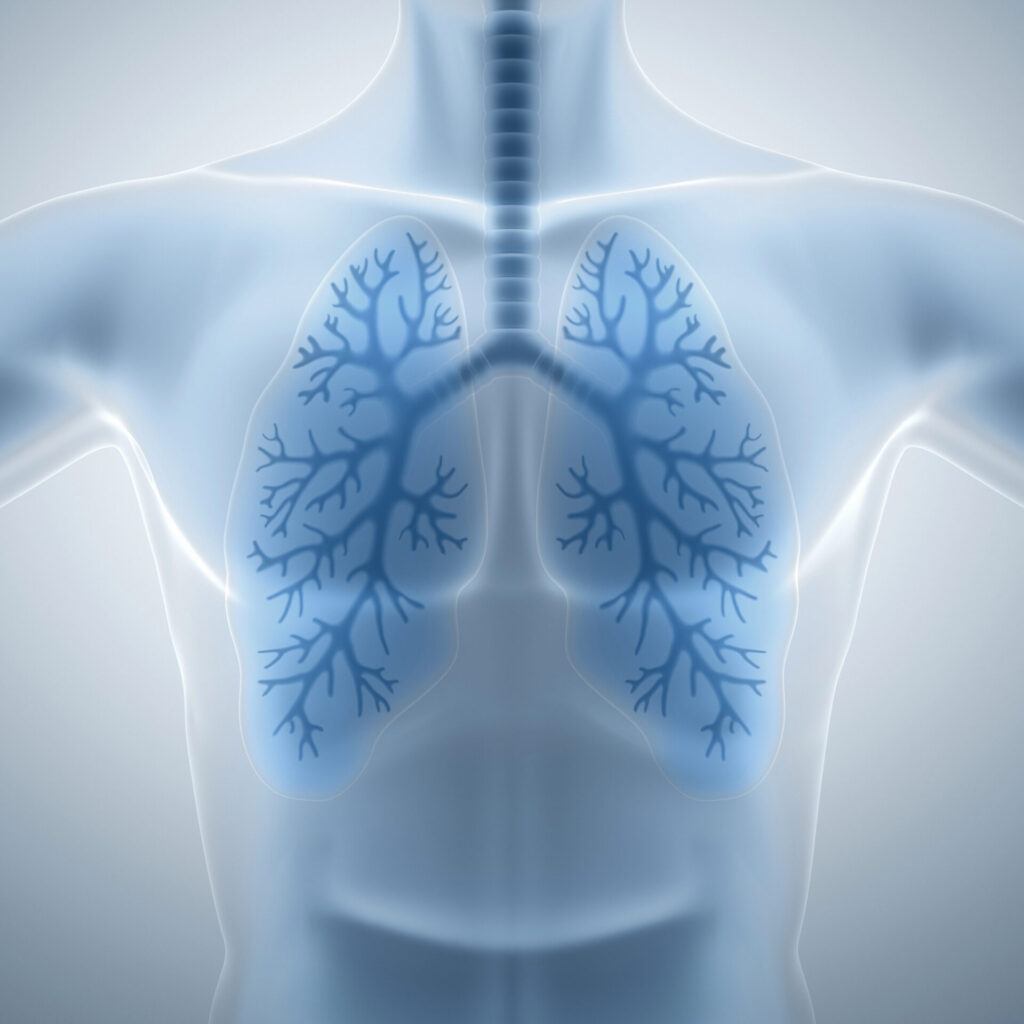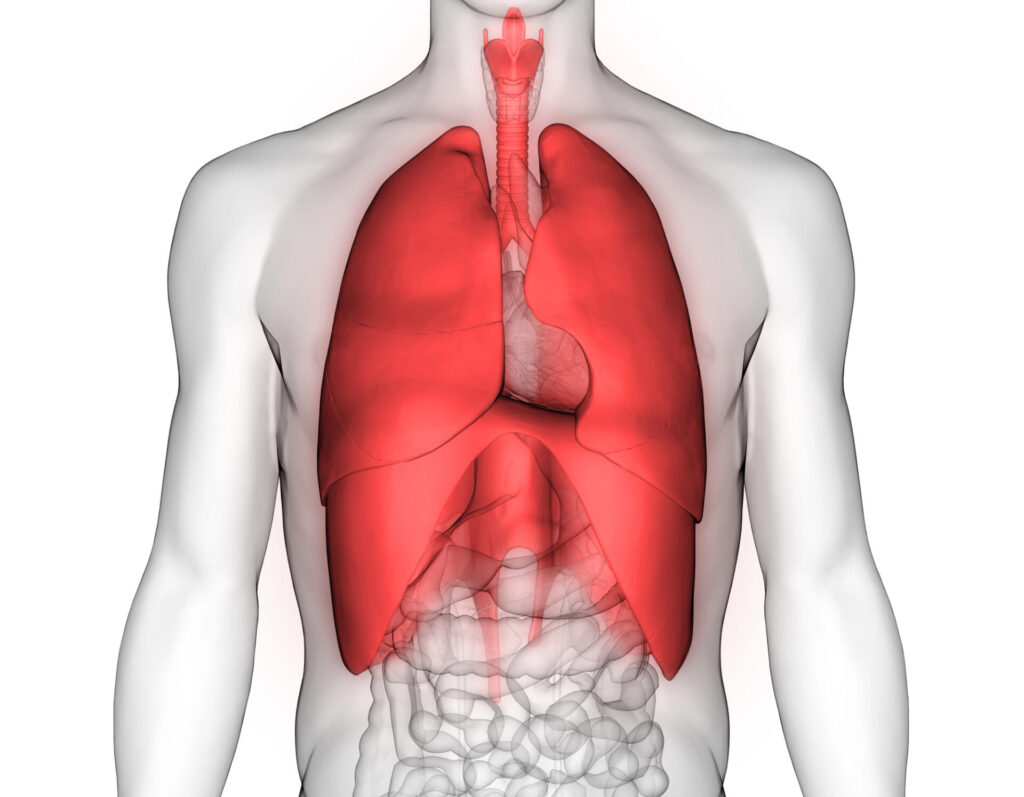The American Academy of Dermatology recently announced a possible correlation between COVID-19 and skin rashes. There is now a way for practitioners to get diagnostic opinions from licensed dermatologists using their phones.

The free service, FirstDerm.com is anonymous and has collected more than 300,000 images of skin ailments which allows for the company to build out an artificial intelligence algorithm that matches various skin conditions. Today’s Practitioner contacted the company to find out more.
Virtually diagnosing a skin rash during COVID-19 pandemic
TP: What have you learned about skin rashes as a symptom of COVID-19?
FirstDerm: Observations from France, Finland, China, Italy and the US in COVID-19 patients, which have also been reported in case review medical publications. Have shown the following skin diseases: Urticaria, Morbilliform (a diffuse macupapular eruption), Lived reticularis (mottled discoloration of the skin), Chicken pox like vesicles on erythematous skin, Petechial eruptions and Chilblains (Acral Ischemia). We have gone through the First Derm database back to 1st February 2020, where we have only noticed more cases than usual in the months of March and April in regards to Chilblains. The patients complaining only of sudden onset and cause itching, red patches, swelling and blistering on hands and feet. None of the patients had a COVID-19 test done, but were recommended to get one or isolate. We cannot say if this is just a coincidence or if it is related, however since there have been cases reported in countries with COVID-19 outbreak, we think Chilblains can be related to COVID-19.
2. How can this device help practitioners make a more accurate telemedicine diagnosis of COVID-19?
First Derm: With the app First Derm a practitioner can always send in photos of skin concern and describe the patient history and they will get an answer back from a board certified dermatologist within hours. If you suspect that the skin concern is related and you have no access to a COVID-19 test, CDC isolation recommendations should be followed for that patient.
3. What do practitioners need to do to set this system in their own practice?
FirstDerm: The practitioner can download the First Derm app or via the website ask a dermatologist directly. We do not collect any patient identifying data, so the information will be anonymous.
4. How can this device help practitioners make other types of skin condition diagnosis?
FirstDerm: Via the First Derm app, you can ask an online dermatologist about any skin concern and have a response in hours, it is a paid solution per consultation. However there is a Free Skin Image Search that uses artificial intelligence can screen for the 43 most common skin disease, like inflammatory skin diseases, skin tumors and genital concerns. You just need to upload a focused good quality image to the search engine any you will get five of the most probable skin disease diagnosis back, ranked in probable order. A health practitioner can use the it as a clinical decision support system to enhance diagnostic accuracy, aid therapeutic decisions, and improve patient safety. It can be used here at no cost: www.firstderm.com/ai-dermatology




